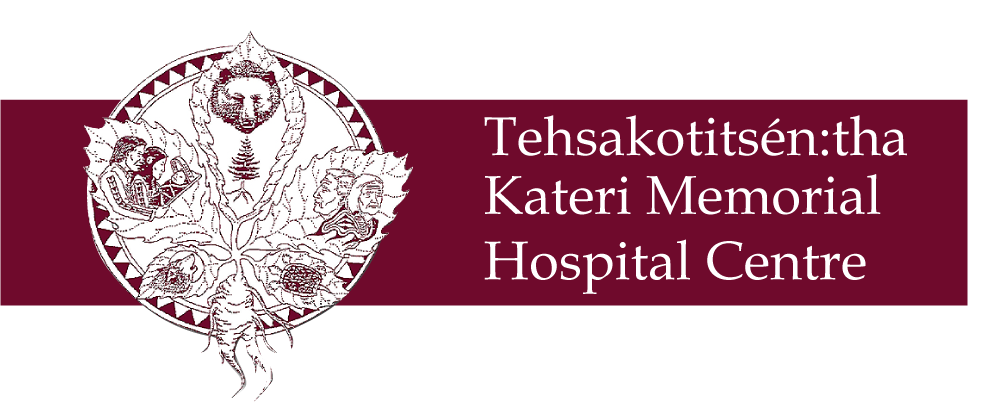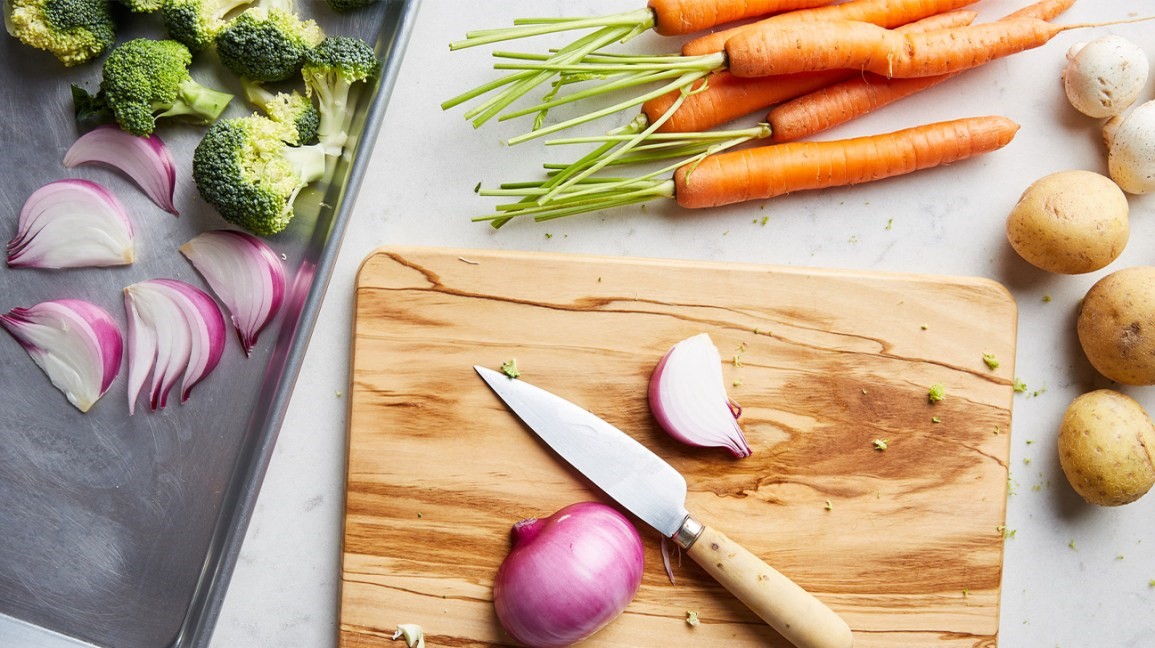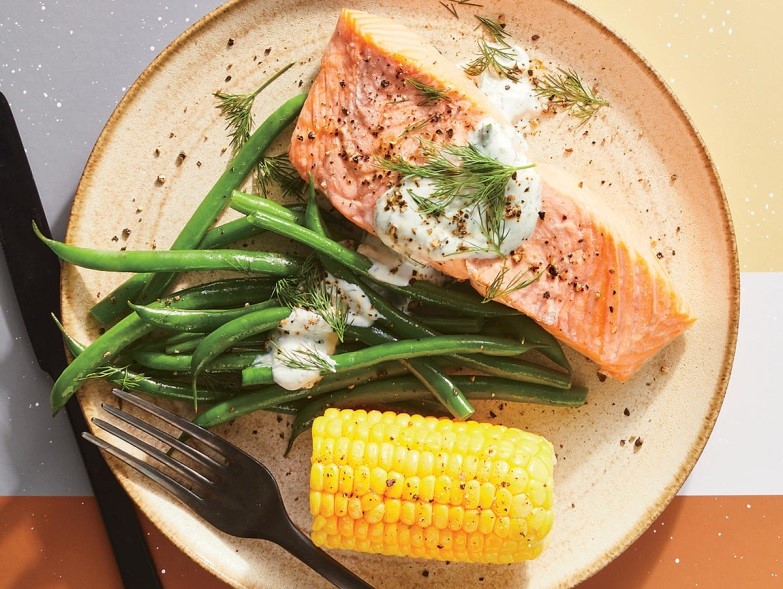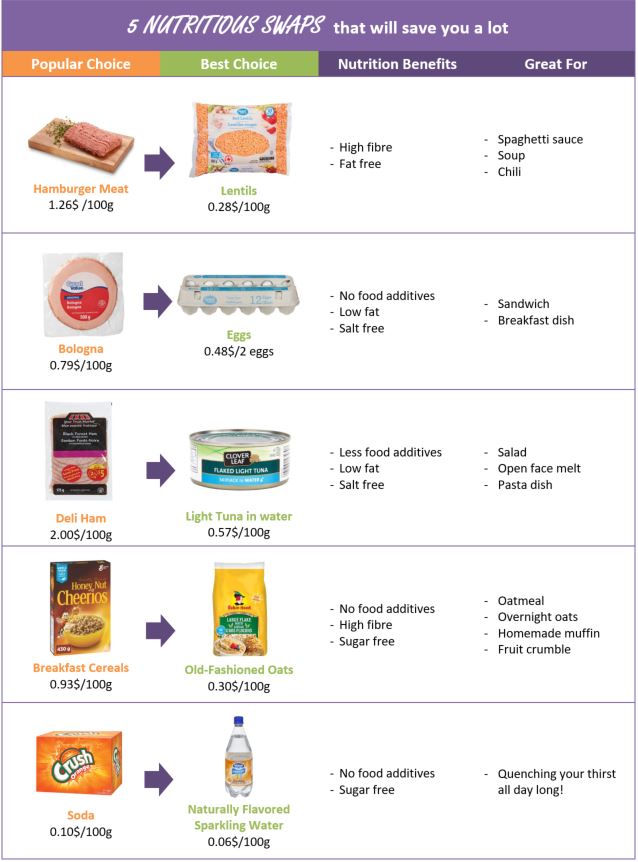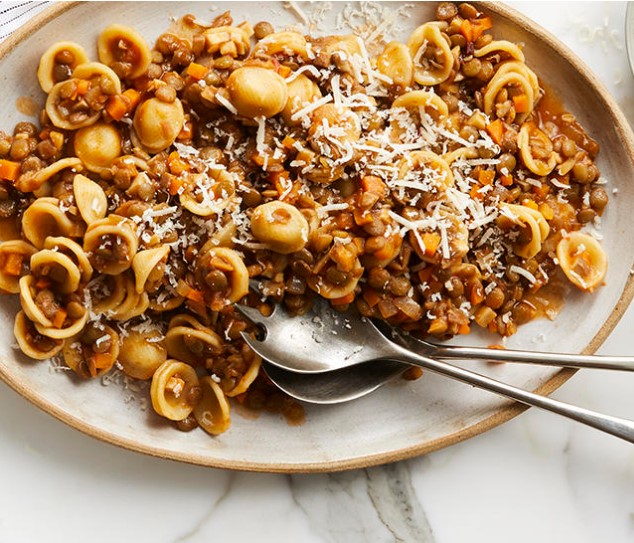The Kahnawà:ke COVID-19 Task Force wishes to advise the community that it has deemed that Gaming Establishments under the Kahnawà:ke Gaming Commission are approved for a gradual re-opening starting on Friday, September 4, 2020.
Playground Poker and Magic Palace have submitted health & safety plans, which have been approved. It is intended that there will be a gradual weekly increase in the number of patrons allowed, with conditions. Details are as follows:
- Maximum of fifty (50) clients on September 4th, with weekly assessments and incremental increases on a weekly basis to a maximum of 200 clients by the end of the month
- Reservations required
- All machines must be separated by two meters (six feet) or by impermeable barriers
- Masks are mandatory
- Health checks for all clients and employees are mandatory
- Regular sanitization of machines is mandatory
- NO alcohol or food services in the Gaming areas
- NO smoking
- NO valet or coat check
- Hours of Operation: 9:00am to 4:00am
- Implementation of Health & Safety Plans
The openings are subject to health & safety inspections from Task Force inspectors. The proposed weekly capacity increase is subject to change based on the level of compliance to these directives.
